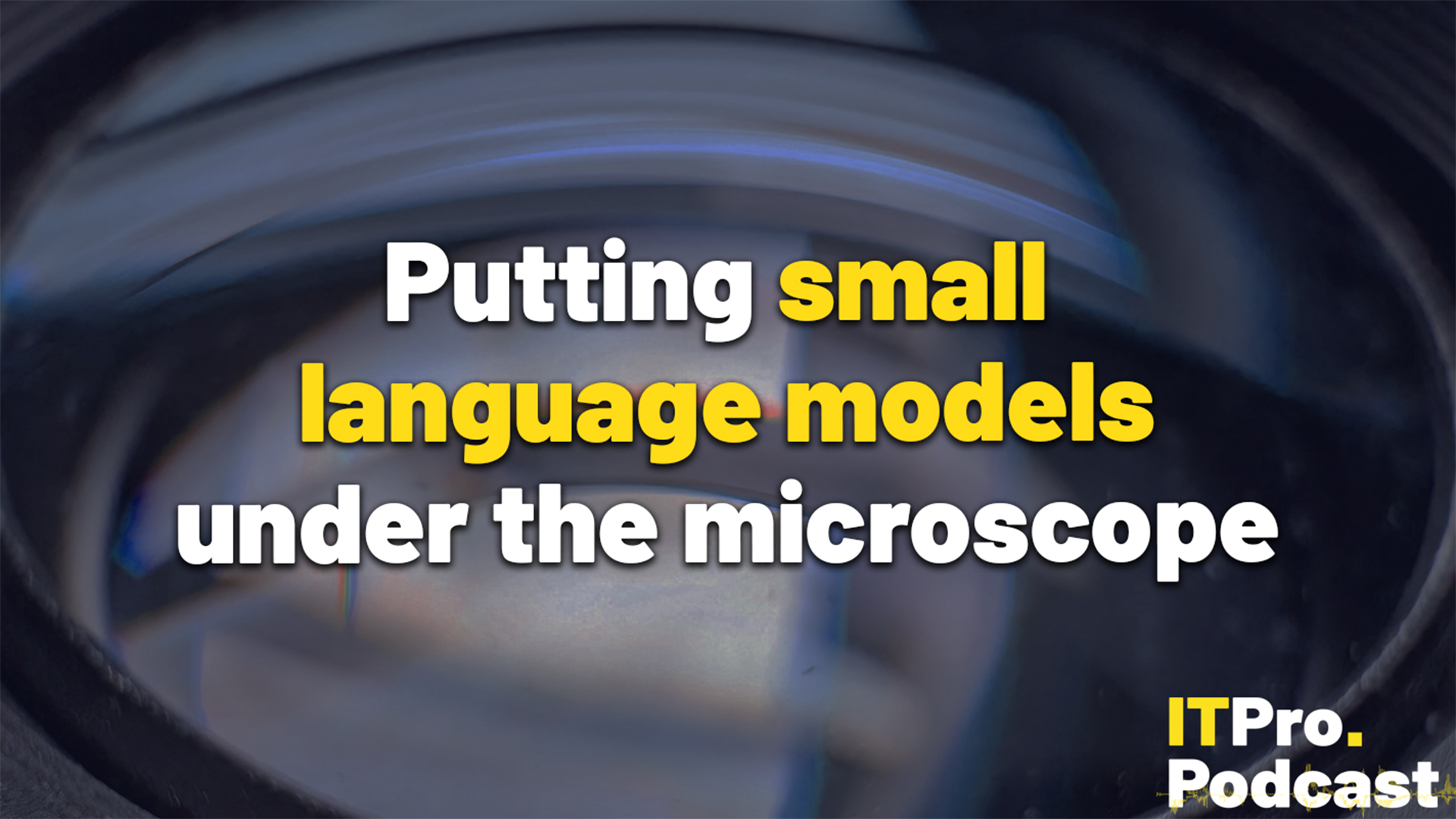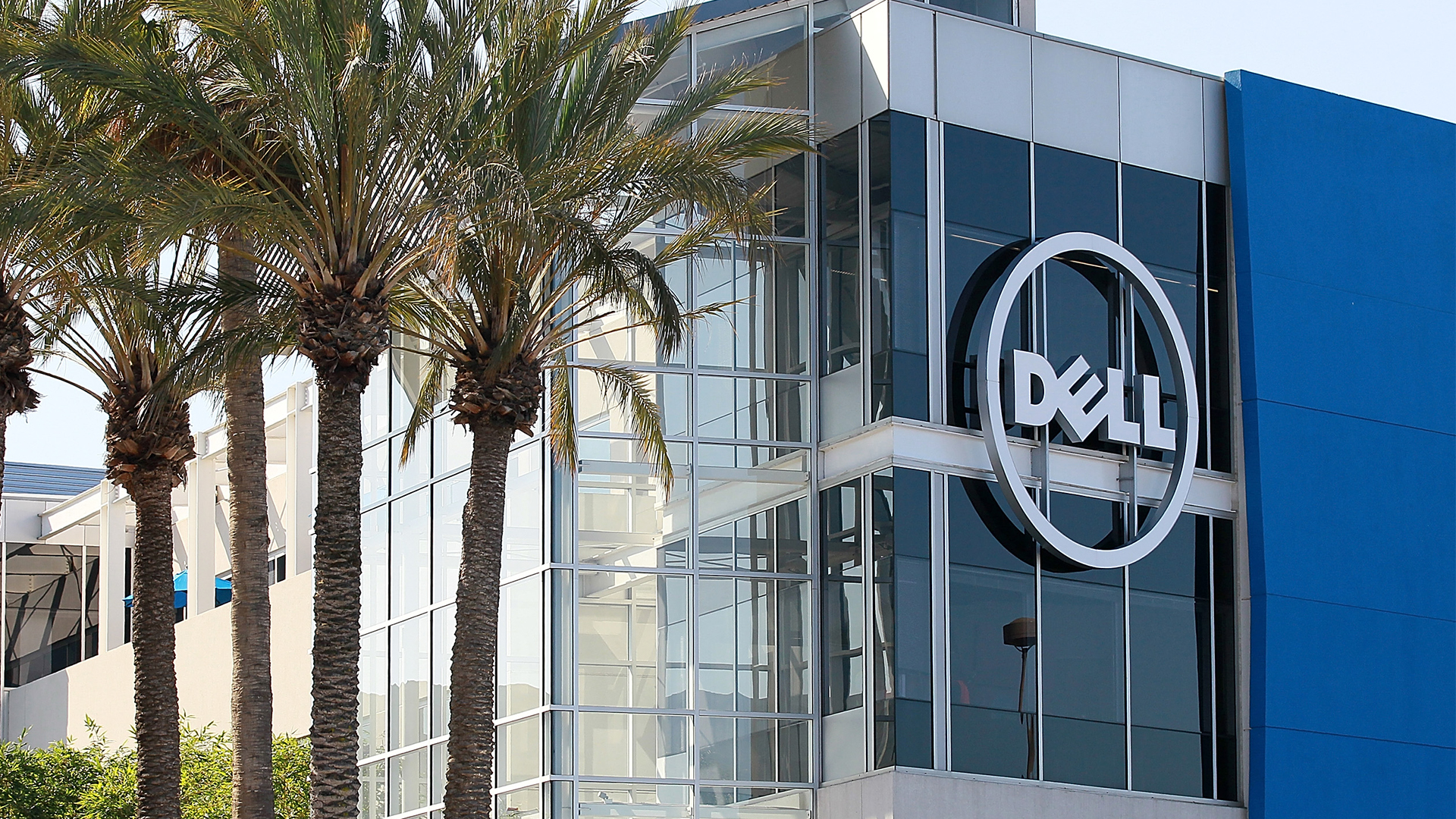Wearable Technology Show 2015: That was the show that was
We round up the most interesting products from London's wearables expo


OPINION: The Wearable Tech Show was held this week in London. Offering a fascinating glimpse into the augmented reality and wearable device market, the show played host to a range of product launches and demonstrations.
Spanning the whole spectrum from consumer products to B2B services, there was a huge diversity of industries covered. Healthcare tech, in particular, had a strong presence even more noteworthy given the recent announcements surrounding Apple's ResearchKit.
For those that couldn't make it to this year's show, we've rounded up some of the best and most interesting highlights.
Aircharge
One of the most interesting displays was a wireless charging area, run by Aircharge. Users visiting the tables and benches equipped with small black plates, could charge their devices, either with built-in wireless charging capabilities, or by using one of Aircharge's dongles.
Using the Wireless Power Consortium's Qi standard (pronounced 'chee'), Aircharge hopes to become the leader in public-space wireless charging, much in the way that The Cloud has with public Wi-Fi. The former also recently released an app to guide users to the nearest of the 3,000-plus Qi-based charging points around the world.
One of the most common complaints about modern devices is an ever-shortening battery life. While Apple has touted the new MacBook as having an 'all-day' charge, if used as expected it might only lasting nine hours. That being the case, public wireless charging points are a miracle of convenience. Indeed, if the technology catches on in the way that Aircharge hopes it will, power problems could be a thing of the past.
Get the ITPro daily newsletter
Sign up today and you will receive a free copy of our Future Focus 2025 report - the leading guidance on AI, cybersecurity and other IT challenges as per 700+ senior executives
Bainisha
Specialising in B2B development and integration, Bainisha makes wearable sensors that promise to track muscle movements with minute accuracy. Placed directly onto the skin, the stretchable, adhesive sensor patches come in various shapes and sizes designed to measure different muscle groups and functions.
Bainisha is one of a growing number of tech start-ups developing wearables specifically for medical markets, and is aiming to track the progress of degenerative muscle diseases. However, while the sensors capture medical-grade levels of detail, the technology also has applications outside of healthcare.
Integration with skin-tight fabrics would still capture enough data to accurately track muscle strain and development for the purpose of workout tracking, according to the firm. The low price-point of the components also mean that a partnership with sportswear firms like Nike or Adidas could provide serious competition to the existing fitness tracker market.
Epson Moverio BT-200
Epson demonstrated an updated version of its Moverio augmented reality smartglasses. Running on an Android-based operating system, the headset delivers impressively sharp visuals, along with spot-on head tracking and stereoscopic 3D. Another point of note for some users is that it fits over existing glasses, whereas other smartglasses may not be so compatible with spectacles.
The device is both powered and controlled by an external pack, which is not dissimilar to the size of a circa-2009 smartphone. While this is a little unwieldy compared to rivals' control methods, it does give the Moverio a battery life of around 6 hours. Considering that most of the competition is still stuck at under two hours for power-users, this is not to be sniffed at.
While the Moverio has applications as a consumer device, Epson was quick to point out its B2B capabilities. The company already has partners across various industries using the Moverio as an enterprise tool, most commonly by relaying real-time, step-by-step instructions from off-site experts to workers on the ground vie first-person video link.
Osterhout Design Group (ODG)
While not technically exhibiting at the show, representatives from the ODG were in attendance participating in various panels focused on augmented reality. We managed to get a hands-on demonstration of its smartglass technology, including the R-7 model the company debuted at CES.
Both the R-7 and the earlier R-6 come packed with incredible displays 720p per eye, which makes the visuals absolutely gorgeous, and the 80 per cent screen transparency means that with the AR content turned off, you'd never know the glasses were smart. It's also built on an Android operating system, and is automatically compatible with any tablet-optimised app.
ODG has a rich pedigree in developing AR technology for government and military contracts and this experience is being put to good use. The company is currently exploring the B2B potential - for example, multiple enterprise applications, including tele-presence uses for medicine and repair - of its product, according to Tony Sanchez, ODG director of special projects.
Adam Shepherd has been a technology journalist since 2015, covering everything from cloud storage and security, to smartphones and servers. Over the course of his career, he’s seen the spread of 5G, the growing ubiquity of wireless devices, and the start of the connected revolution. He’s also been to more trade shows and technology conferences than he cares to count.
Adam is an avid follower of the latest hardware innovations, and he is never happier than when tinkering with complex network configurations, or exploring a new Linux distro. He was also previously a co-host on the ITPro Podcast, where he was often found ranting about his love of strange gadgets, his disdain for Windows Mobile, and everything in between.
You can find Adam tweeting about enterprise technology (or more often bad jokes) @AdamShepherUK.
-
 How the UK MoJ achieved secure networks for prisons and offices with Palo Alto Networks
How the UK MoJ achieved secure networks for prisons and offices with Palo Alto NetworksCase study Adopting zero trust is a necessity when your own users are trying to launch cyber attacks
By Rory Bathgate
-
 Putting small language models under the microscope
Putting small language models under the microscopeITPro Podcast The benefits of small language models are undeniable – but they're no silver bullet
By Rory Bathgate
-
 This tech company wants to pay staff to look after their mental and physical wellbeing
This tech company wants to pay staff to look after their mental and physical wellbeingNews Hot on the heels of its four-day week trial, tech company Thrive is offering staff new incentives to take care of their mental and physical wellbeing.
By Ross Kelly
-
 Predicts 2024: Sustainability reshapes IT sourcing and procurement
Predicts 2024: Sustainability reshapes IT sourcing and procurementwhitepaper Take the following actions to realize environmental sustainability
By ITPro
-
 Advance sustainability and energy efficiency in the era of GenAI
Advance sustainability and energy efficiency in the era of GenAIwhitepaper Take a future-ready approach with Dell Technologies and Intel
By ITPro
-
 2024 State of procurement report
2024 State of procurement reportWhitepaper The trends shaping the future of business buying
By ITPro
-
 Digital optimisation paves the way to strategic supplier management
Digital optimisation paves the way to strategic supplier managementWhitepaper Procurement’s role as a strategic driver
By ITPro
-
 Bringing order to the file management chaos plaguing AEC firms
Bringing order to the file management chaos plaguing AEC firmswhitepaper How a cloud-based solution, supported by edge technology, helps architecture, engineering, and construction firms boost performance and cut costs
By ITPro
-
 File data services to support modern manufacturing
File data services to support modern manufacturingwhitepaper Smart file data services deliver resilience and intelligence to the modern manufacturing organization
By ITPro
-
 Innovation in product development
Innovation in product developmentwhitepaper The latest data on how successful product development teams collaborate to build the future
By ITPro